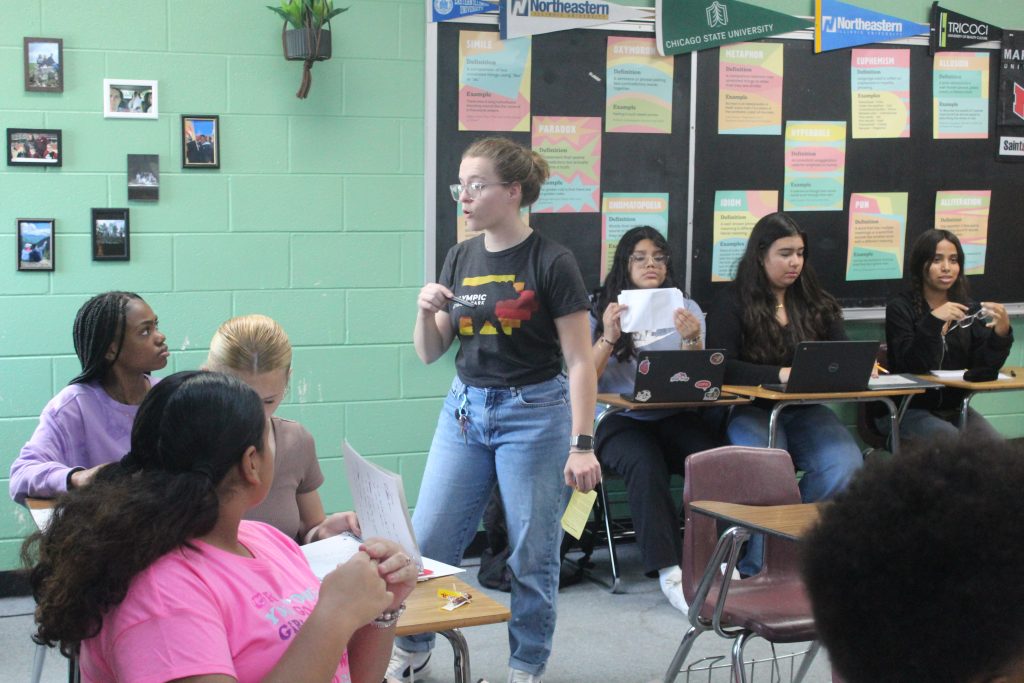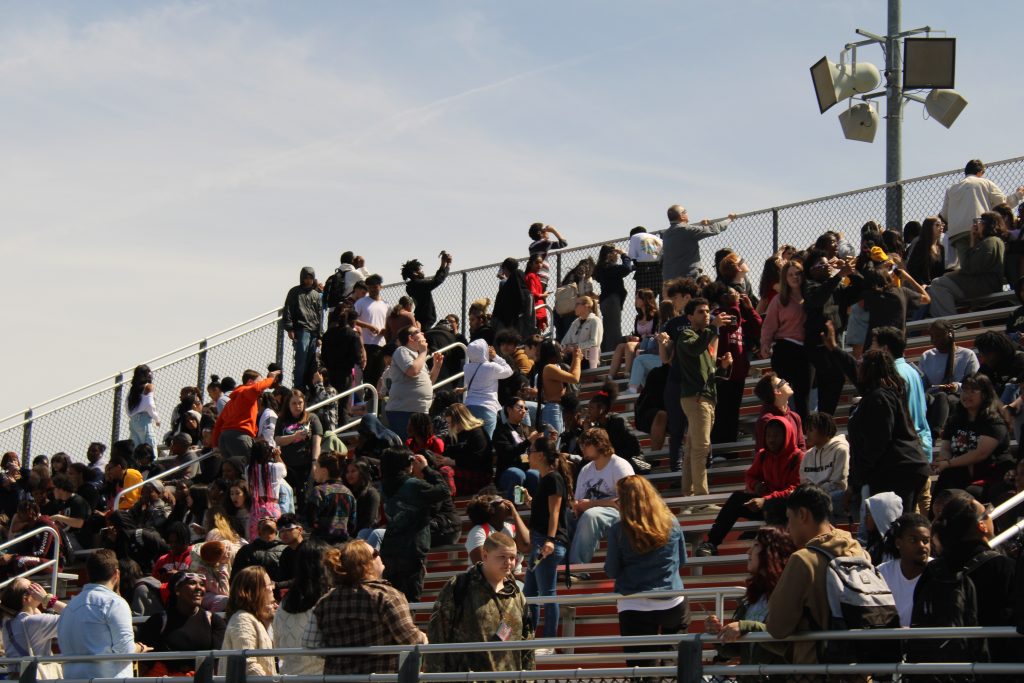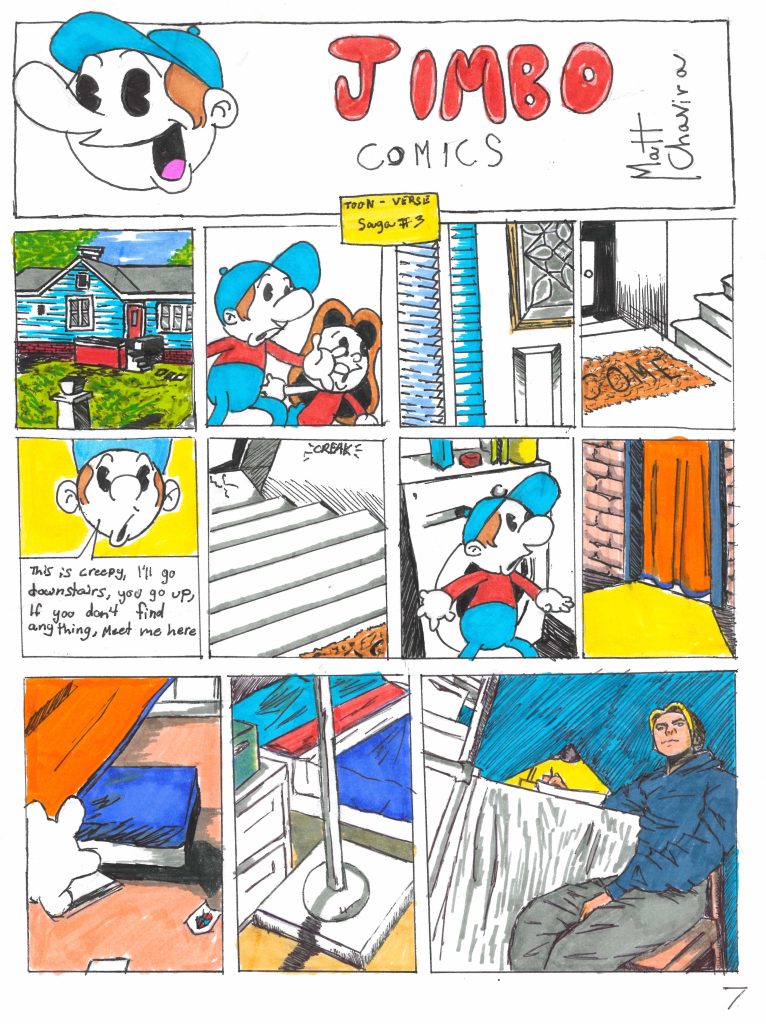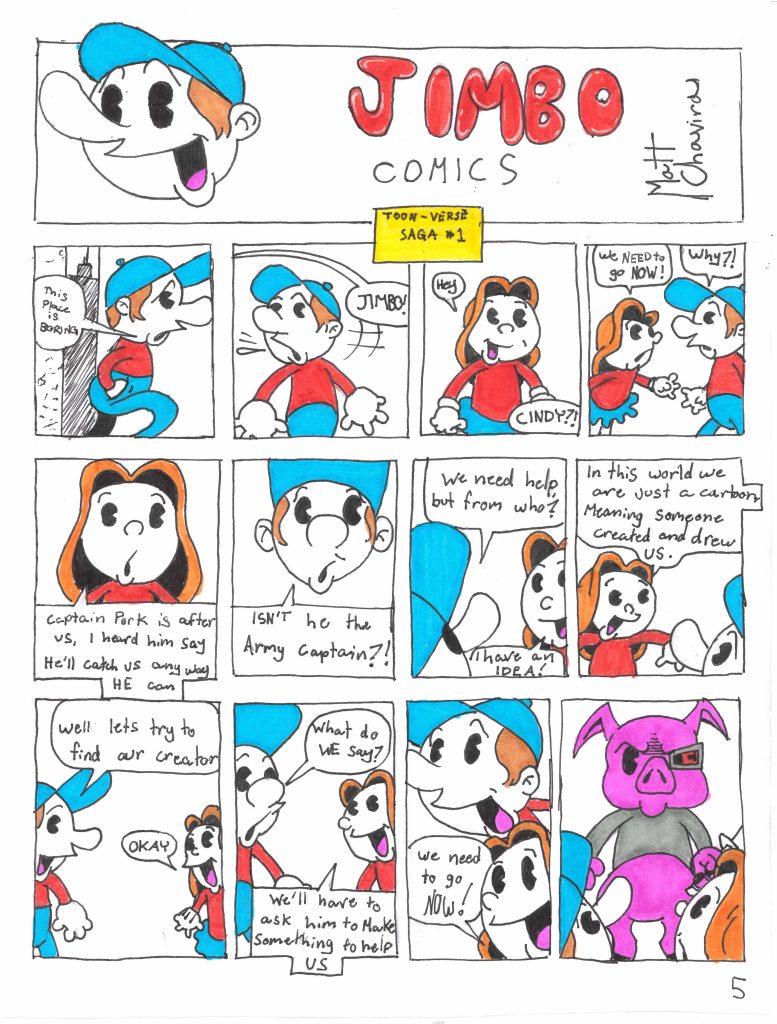Illinois Journalism Education Association

A handful of Echo journalists attended the Illinois Journalism Education Association (IJEA) conference Sept. 13 at the University of Illinois. The program allows high school students to attend lectures on various subjects involving the field of journalism.
I found it very helpful to hear lectures by U of I professors with real-world journalism experience.
The sessions I selected were as follows:
“Immersion Journalism Goes Beyond the Human Mask” by Leon Dash
Immersion journalism requires getting at the roots of a story and attempting to uncover a person’s “public mask,” according to Dash.
Many of these types of stories can be discovered through casual conversation. Dash described a story he did about adolescent child bearing in the U.S., saying every adolescent he talked with initially lied about how they became parents.
Dash moved into a roach-infested apartment in Washington, D.C., in order to gain insight about the lifestyle and environment of which he was writing.
His next step was to interview each member of several families multiple times. Typically, between the third and fourth interview, the subject would contradict what they had said initially. However, Dash said he never acknowledges these contradictions because it indicates that he is getting closer to the truth.
A vital component when interviewing is to not show judgment.
Dash said, “Please acquire, if you’re going to do this kind of journalism and interviewing, a poker face.”
He added that he never composes interview questions, but rather bases his questions off of one another, and prefers a recorder instead of a notepad so that he can look into a subject’s eyes.
Journalists have success due to curiosity, referred to as “fire in the belly.”
“All journalists rely on one human failing … the inability to keep a secret,” Dash said.
“Slice of Life Stories: How to Think, Report & Write” by Walt Harrington –
A feature story provides the reader with a glimpse of a person’s life, and captures sensory details that make it possible to do so.
“They [the audience] lose themselves to a point where they think it’s actually happening in front of them,” Harrington said, comparing a reader to an audience member of a play.
The goal is to lead readers through a story. In turn, journalists must not embellish.
“You have to be able to imagine what a story like this can look like, can feel like, can evoke in your readers,” Harrington said.
In addition to impacting the reader, sometimes the subject can be equally moved by a piece. To illustrate this, Harrington described having done a story on a mentally disabled man.
After reading him the feature, the man told Harrington, “I’m crying because I didn’t think anyone could ever understand what it’s like to be me.”
“Leading Your Staff” by Jennifer Follis –
Two keys to a more effective student newspaper are to be a leader and to communicate with one’s peers, according to Follis. She focused on helping others to reach their own conclusions and be creative, while attempting to keep a newspaper fresh and evolving.
“We want to tell a story that only this year’s students can tell,” Follis said.
She described how empowering it felt when she approached her high school journalism adviser with a problem, and was instead asked what she was going to do to fix it.
In addition to these three lectures, other topics included editing, fundraising, social media and photography. The keynote speaker, UI journalism graduate Josh George, summed up the day’s lessons succinctly with a quote from Albert Einstein: “Information is knowledge.”










